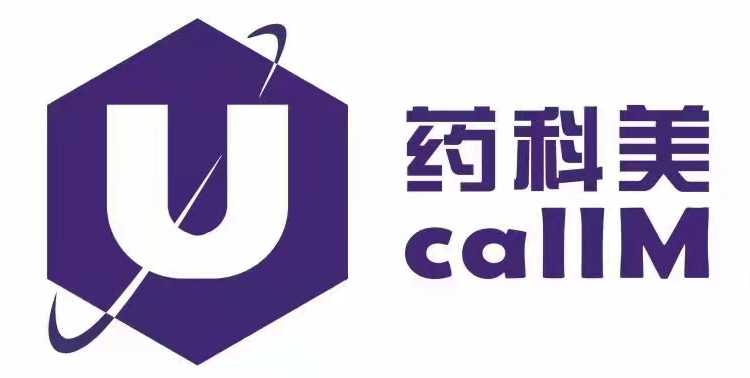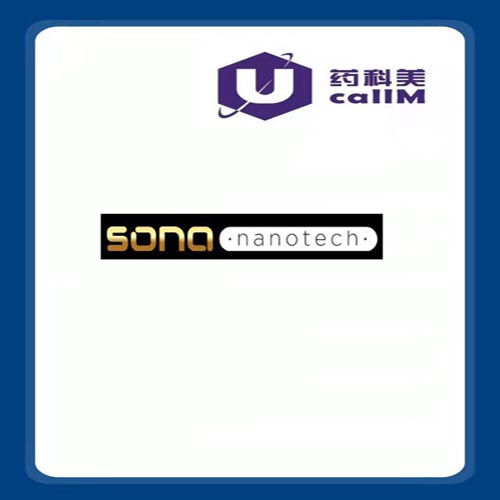sonanano 产品代理
Sona Nanotech COVID-19 Antigen Rapid Saliva Test Device
Gemini™ Gold Nanorods
From an idea formed in a small university laboratory to a globally distributed product range, the Sona story is one of people, passion, and perseverance.
It started in 2013 when Dr. Gerrard Marangoni, professor of chemistry at St Francis Xavier University, launched a research project into gold nanorods, intrigued as to why they weren’t being used more widely.
“I quickly discovered that the presence of cytotoxins in the gold nanorods is a very important barrier to their adoption,” he said.
The presence of the cytotoxin CTAB (cetyltrimethylammonium bromide) meant gold nanorods could not be used in-vivo.
For more than a decade, manufacturers of gold nanorods had been approaching the CTAB problem by coating, removing or exchanging it and hoping for the best, but Dr. Marangoni had a simpler solution:
“Why not make gold nanorods without CTAB altogether?”
So, Dr. Marangoni tasked his research associates, Dr. Kulbir Singh and Dr. Mike McAlduff, with developing toxin-free gold nanorods that could be manufactured cost-effectively and at volume.
After months of experimenting with different methods and chemicals, the team had its ‘eureka’ moment and finally succeeded in developing gold nanorods free of CTAB.
That’s when Sona Nanotech was born – Sona being the Hindi word for gold. Sona’s inception was followed by years of hard work to perfect the process and develop the ability to synthesize large volumes of high-quality gold nanorods.
Today, in addition to its COVID-19 rapid antigen test, Sona has two flagship gold nanorod products – Gemini, for diagnostic use, and Omni, for medical applications – and is in communication with researchers across the world regarding the adoption and commercialization of its breakthrough technology, with several collaborations already underway.
The journey to bring the company where it is today has been both challenging and rewarding in equal measure, and the journey ahead promises to be even more exciting.



